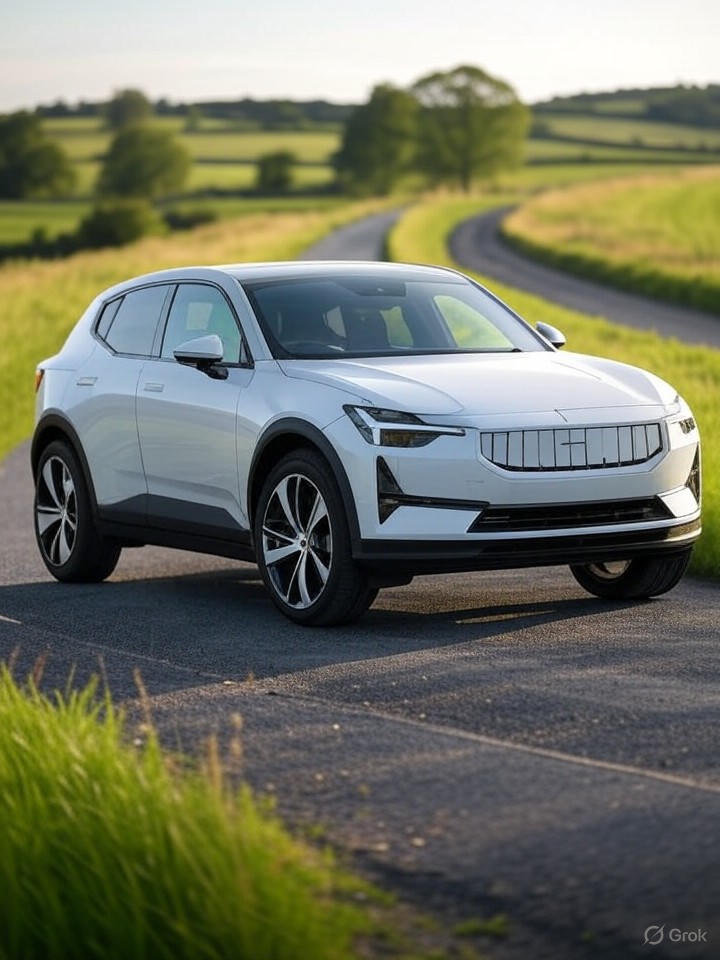Breaking Barriers in EV Range
In a significant milestone for the electric vehicle industry, Polestar has claimed a new world record for the longest drive by a production car on a single charge. The feat was accomplished with a single-motor version of the Polestar 3, an electric SUV that traversed 581.3 miles across the United Kingdom without recharging. This achievement underscores the rapid advancements in battery technology and efficiency strategies, potentially reshaping consumer perceptions of EV limitations.
The drive, executed by three professional efficiency drivers—Sam Clarke, Kevin Booker, and Richard Parker—spanned nearly 23 hours on public roads, adhering to real-world conditions including varying weather and traffic. Starting from Corby in the Midlands and concluding in Welwyn Garden City, the journey highlighted the vehicle’s impressive energy management, achieving an efficiency of 12.1 kWh per 100 km.
Efficiency Techniques and Vehicle Specs
Key to this record was the use of hypermiling techniques, which involve optimizing driving habits to maximize range, such as gentle acceleration, strategic coasting, and minimal use of climate controls. The Polestar 3 model in question featured a 111 kWh battery pack and rear-wheel drive, with an official WLTP range rating of 439 miles—surpassed by over 140 miles in this test.
According to a report from Ars Technica, the drivers maintained an average speed of around 25 mph, navigating a mix of highways and rural roads. This not only demonstrated the car’s capabilities but also raised questions about the applicability of such ranges in everyday driving scenarios.
Contextualizing the Achievement
While impressive, this record invites comparisons to prior feats in the EV space. Just last month, Lucid Motors set a benchmark with 749 miles in a controlled environment, as noted in coverage from Slashdot. Polestar’s effort, however, stands out for being conducted on public roads with a production vehicle, adding a layer of authenticity that industry insiders value for its relevance to consumer experiences.
Polestar, a Volvo spinoff focused on performance-oriented electrics, positions this as validation of its engineering prowess. The Polestar 3, priced starting at around $74,000, competes in a crowded luxury SUV segment against rivals like the Tesla Model X and Rivian R1S, where range anxiety remains a key barrier to adoption.
Implications for the Industry
This record could influence future battery designs and software optimizations, pushing manufacturers to integrate more advanced regenerative braking and thermal management systems. Analysts suggest that such demonstrations help build confidence among fleet operators and long-haul drivers, potentially accelerating the shift from internal combustion engines.
Yet, challenges persist. The drive’s low average speed and specialized techniques may not translate directly to typical use cases, where higher speeds and accessories drain batteries faster. As reported by WebWire, the unmodified Polestar 3 achieved this under Guinness World Records oversight, ensuring transparency but also highlighting the gap between ideal and practical performance.
Future Prospects and Competitive Dynamics
Looking ahead, Polestar plans to expand its lineup with models like the Polestar 4 and 5, each promising enhanced ranges through innovative architectures. This record aligns with broader industry trends toward solid-state batteries and faster charging infrastructures, which could make ultra-long ranges more commonplace.
For industry insiders, this event signals intensifying competition. With investments pouring into EV tech from giants like Tesla and emerging players, Polestar’s achievement, detailed in Slashdot, serves as a benchmark that others will aim to surpass, driving innovation and potentially lowering costs for consumers in the process. As the sector evolves, such records not only capture headlines but also catalyze technological leaps that benefit the entire market.




 WebProNews is an iEntry Publication
WebProNews is an iEntry Publication